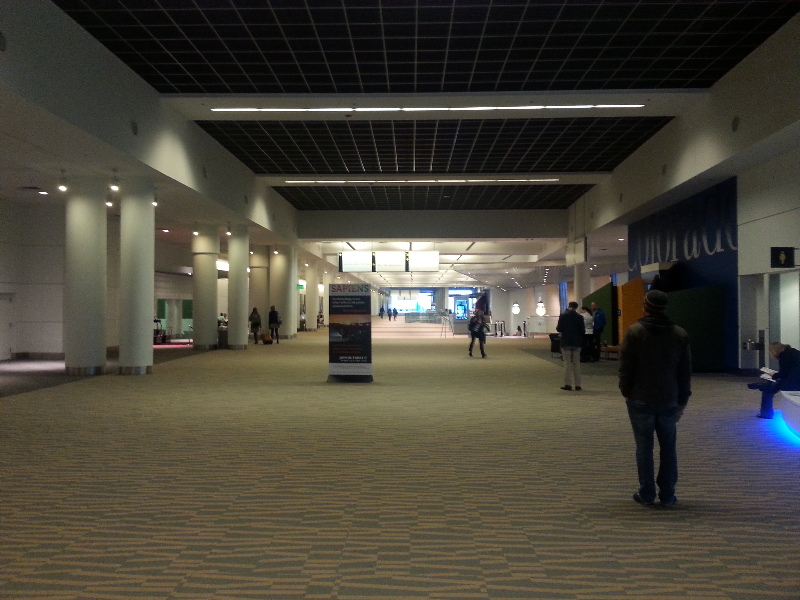Could the hegemony of “policy” be coming to an end?
For many years state officials, “private” foundations, benevolent billionaires, academia and a certain elite media have been telling everyone else what is what in “education”. (For one sense of this set look at Brill’s 2010 story in the New York Times magazine). In the world of academia where I live, this will have been the decade of “data-driven” “policy” “studies.” We keep being told, repeatedly, such “narratives” (stories? fiction?) as:
In Rhode Island schools, a multidisciplinary effort helps teachers to quickly understand what skills their students have already grasped and which subjects need more attention. In Houston, a regional alliance has noticed signs of students going off-track on higher-level math skills and acted to intervene.
What do these stories have in common? Success here derives from access to data, or big data as it’s sometimes called. The examples above come from the Data Quality Campaign, a nonprofit effort driving education outcomes through hard numbers.
(GovTech November 2014, retrieved in December 2015)
What interests me here, of course, is the hint of an “actor-network” of local schools and a corporation “e.Republic, Inc.” “The nation’s only smart media and research company focused exclusively on public sector innovation for state and local government and education” (retrieved in December 2015)
One problem with just sketching an actor-network (an excellent thing to do) is that it can end with an altogether static map and little sense of the movements through it, or the temporalities that assemble and then sometimes dissemble the network.
So, recently, I have tried to write about such networks as acting (and revealing themselves) through crowded conversations (deliberations). I am experimenting with generalizing conversational analyses (somewhat like Latour generalized ethnomethodology when he moved from looking at the production of knowledge in short interactions among a few people (Garfinkel et al. 1981; Goodwin 1995), to looking at a laboratory (Latour 1979), to looking at the scientific enterprise as a whole (Latour 1987).
And so, once upon a time, we had Senator Kennedy and President Bush (as symbolic leaders) producing “No child left behind” after very long conversations that started at least 20 to 30 years earlier –unless it is 200 years (Varenne 2007, 2011).
And then, a few years later, President Obama and Arnie Duncan, his secretary of education, started new conversations which, among other things, privileged “data-driven policy.” I am necessarily wrong in suggesting that they are those who literally started these long-turn taking sequences that were disrupted last years. But they can stand as markers of a new sequence with somewhat different participants and discursive order as the original metaphor (a child is like a sponge) developed into practical conceit (regulations, the attendant bureaucracies, the texts to be produced among the various actors, etc.).
Continue reading Policy? or Politics?

